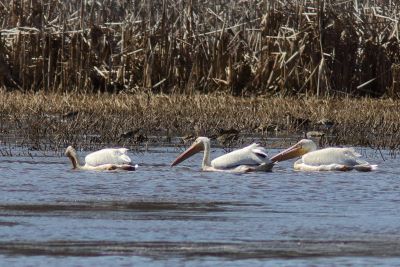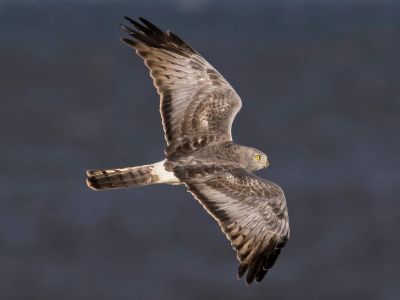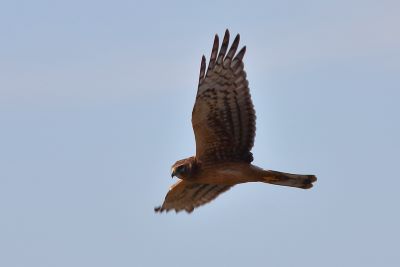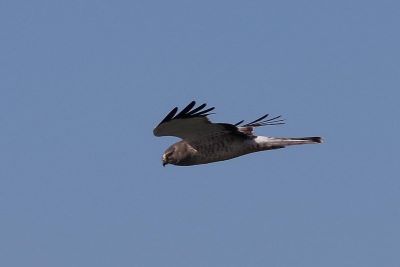
Saturday, Feb. 10 5:30 am– 4:00 pm
Trip to Bear Island & Donnelly WMA
Location: Meet at SI Real Estate Office to Car Pool at 5:30 am
(Meet at Mary’s Pond at 7:00am)
Max: 10
Cost: free to members, $10 per guest
If you have never been to Bear Island Wildlife Management Area (WMA) or to Donnelly WMA, you won’t want to miss this opportunity – it’s well worth the 60-mile one-way trip! Part of the ACE Basin, this area is perfect habitat for birds with ponds, rivers, salt marsh, freshwater marsh, mudflats mixed pine-hardwood forest and farmland. Most of the birding is done by car with stops to get out and take short walks for viewing. Bear Island closes for hunting from November 1 – February 9 each year, so this is an early chance to visit for spring. We hope the winter waterfowl will still be present including the Tundra Swan. Each person should bring their own lunch, snacks and beverages, as there are no restaurants (nor restrooms) in the area. Also be sure to bring sun block, bug spray, a hat, binoculars, camera and a scope if you have one.
If you are not yet a 2024 SIB member, you must first become a member by following the instructions on our website: https://seabrookislandbirders.org/contact/join-sib/.
Once you are a member, please register no later than February 8, 2024. All registrants will receive a confirmation letter the day prior the event.







